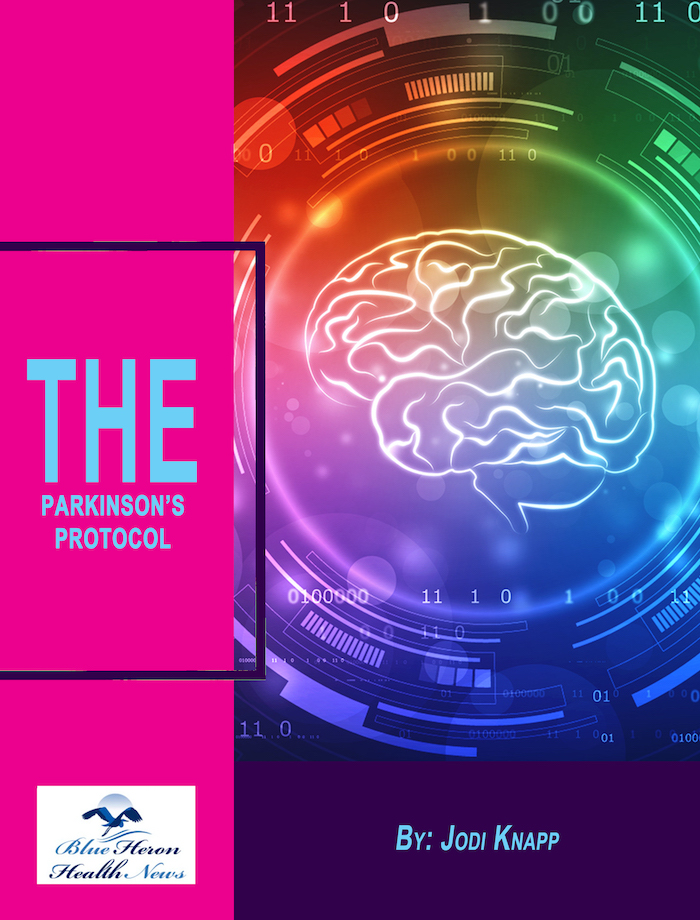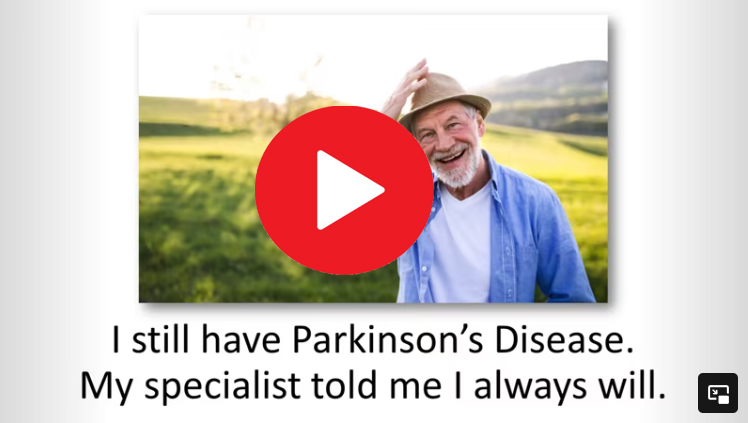
The Parkinson’s Protocol™ By Jodi Knapp Parkinson’s disease cannot be eliminated completely but its symptoms can be reduced, damages can be repaired and its progression can be delayed considerably by using various simple and natural things. In this eBook, a natural program to treat Parkinson’s disease is provided online. it includes 12 easy steps to repair your body and reduce the symptoms of this disease. The creator of this program has divided into four segments to cover a complete plan to treat this disease along with improving your health and life by knowing everything about this health problem. The main focus of this program is on boosting the levels of hormone in your brain by making e a few easy changes in your lifestyle, diet, and thoughts
What resources are available for Indigenous individuals seeking Parkinson’s disease treatment in Australia?
Indigenous individuals in Australia seeking Parkinson’s disease treatment can access a range of resources designed to support their medical and cultural needs. These resources aim to bridge gaps in healthcare access, ensure culturally sensitive care, and address the unique challenges faced by Indigenous communities. Below are some key resources and services available:
1. Indigenous Health Services and Clinics
- Aboriginal Community Controlled Health Services (ACCHSs): These services are owned and operated by local Indigenous communities. ACCHSs provide a range of health services, including general medical care, chronic disease management, and referrals to specialists. Many ACCHSs have staff members who are trained in culturally appropriate care and are familiar with the specific health needs of Indigenous communities. They can assist with early diagnosis, management, and ongoing support for Parkinson’s disease.
- Example: AMSANT (Aboriginal Medical Services Alliance Northern Territory) provides access to healthcare for Indigenous communities in the Northern Territory and beyond.
2. National Indigenous Health Organisation
- The Lowitja Institute: This national organization is dedicated to improving Indigenous health and well-being through research, advocacy, and policy development. The Lowitja Institute may be able to connect Indigenous individuals with resources for Parkinson’s disease treatment and raise awareness of Parkinson’s in Indigenous communities.
- National Aboriginal Community Controlled Health Organisation (NACCHO): NACCHO represents ACCHSs and advocates for policies and programs that improve Indigenous health. It may also provide resources for accessing Parkinson’s disease care in a culturally sensitive manner.
3. Parkinson’s Australia
- Parkinson’s Australia is the peak body representing people with Parkinson’s disease and their families in Australia. It provides national advocacy, support, and information. Although Parkinson’s Australia does not specifically focus on Indigenous communities, it offers valuable resources such as fact sheets, support groups, and self-management tools that are available for all Australians.
- The organization also collaborates with healthcare providers to offer educational resources on Parkinson’s disease and may work with Indigenous health services to ensure culturally appropriate information and care options are available.
4. Indigenous Allied Health Australia (IAHA)
- IAHA is a national peak body representing Indigenous allied health professionals. This organization advocates for culturally safe and appropriate healthcare, including for people with Parkinson’s disease. IAHA can help connect individuals with allied health professionals such as physiotherapists, occupational therapists, and speech therapists who have experience working with Indigenous patients and can help manage Parkinson’s disease.
5. Indigenous Health Workers and Support Services
- Indigenous Health Workers and community health workers play a critical role in supporting Indigenous individuals through their healthcare journey. These workers are often familiar with both traditional healing practices and Western medicine and can bridge the gap between Indigenous communities and the healthcare system.
- Health workers can provide advocacy, assist with referrals to specialists such as neurologists or physiotherapists, and ensure that treatment plans are culturally appropriate.
6. Telehealth Services
- In remote and rural areas where access to healthcare providers may be limited, telehealth services can provide remote consultations with specialists, such as neurologists, who are experienced in treating Parkinson’s disease.
- Indigenous Telehealth Services, such as those offered by Telstra Health or other local services, allow for consultations with doctors or health practitioners through phone or video calls, making it easier for people living in rural or remote communities to access specialist care without having to travel long distances.
7. Local Support Groups
- Support groups specifically for people with Parkinson’s disease can be found in many communities across Australia. While these groups may not be exclusively for Indigenous people, they provide an important network for sharing experiences, learning about disease management, and gaining emotional support. Some local groups may offer culturally appropriate support for Indigenous individuals.
- Parkinson’s Australia and other organizations may also work with Indigenous communities to create culturally tailored support groups or offer culturally sensitive online forums for patients and families.
8. Australian Government Programs
- The National Disability Insurance Scheme (NDIS): For eligible Indigenous Australians, the NDIS can provide funding and services to help manage Parkinson’s disease symptoms. This includes funding for therapies (such as physical therapy, speech therapy, and occupational therapy), assistive devices, and home support services.
- Medicare: Indigenous Australians are eligible for Medicare, which covers many aspects of Parkinson’s disease treatment, including consultations with doctors, specialists, medications, and hospital care.
9. Clinical Trials and Research Initiatives
- Clinical trials related to Parkinson’s disease may provide additional options for treatment or participation in research studies aimed at improving care and understanding of the disease. Indigenous patients can inquire about opportunities to participate in clinical trials through Parkinson’s Australia, major hospitals, or universities conducting research on Parkinson’s disease.
- The Lowitja Institute and other Indigenous health research bodies may also explore health disparities related to Parkinson’s disease among Indigenous populations and advocate for greater representation in research studies.
10. Cultural Awareness in Treatment
- It is essential that healthcare providers recognize the cultural importance of traditional healing practices. Collaborating with traditional healers, spiritual leaders, and Elders may help to ensure a holistic approach to care that respects both Western and traditional Indigenous practices. This can include complementary treatments alongside conventional medical approaches to managing Parkinson’s disease.
11. Educational Resources and Training
- Some organizations, including Parkinson’s Australia, are working to develop and distribute culturally tailored resources and education materials about Parkinson’s disease for Indigenous communities. These resources may include translated materials, audio-visual resources, or workshops designed to raise awareness and promote early diagnosis and intervention.
Conclusion
For Indigenous individuals seeking Parkinson’s disease treatment in Australia, a combination of community-based health services, culturally appropriate care, and accessible resources is available. Leveraging the support of Indigenous health workers, allied health professionals, traditional healing practices, and national organizations can help ensure that individuals with Parkinson’s disease receive the care and support they need in a culturally respectful and effective manner. Collaboration between traditional and Western medical practices, as well as access to telehealth and government programs like the NDIS, further enhance the availability and quality of treatment for Indigenous patients.

The Parkinson’s Protocol™ By Jodi Knapp Parkinson’s disease cannot be eliminated completely but its symptoms can be reduced, damages can be repaired and its progression can be delayed considerably by using various simple and natural things. In this eBook, a natural program to treat Parkinson’s disease is provided online. it includes 12 easy steps to repair your body and reduce the symptoms of this disease. The creator of this program has divided into four segments to cover a complete plan to treat this disease along with improving your health and life by knowing everything about this health problem. The main focus of this program is on boosting the levels of hormone in your brain by making e a few easy changes in your lifestyle, diet, and thoughts